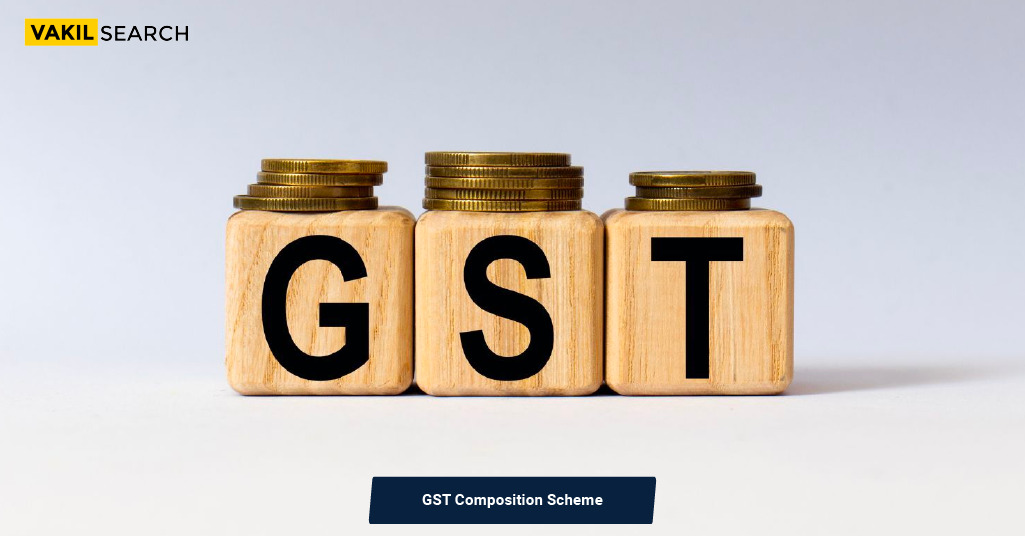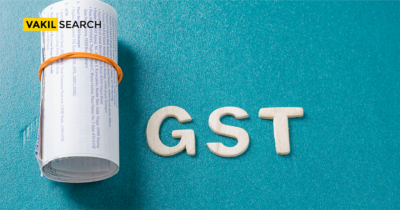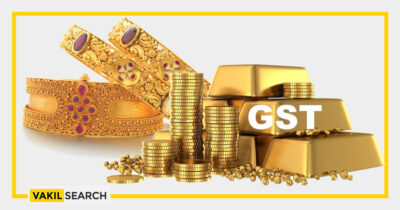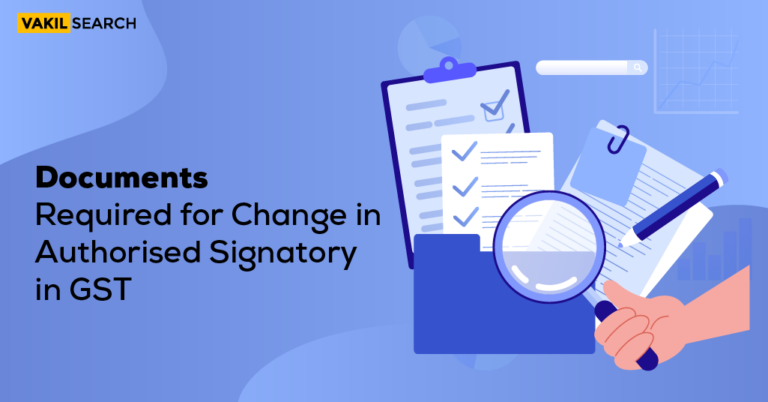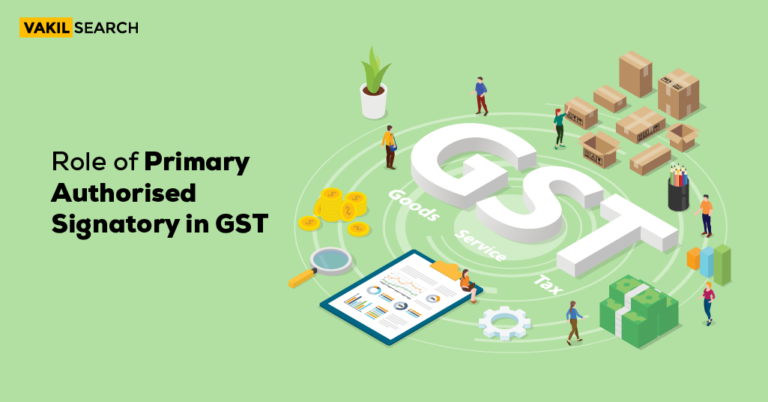The Composition Scheme in GST has undergone changes with revised turnover thresholds and compliance guidelines. Staying informed about the latest updates is crucial for businesses opting for this simplified taxation scheme.
GST Composition Scheme
The Goods and Services Tax (GST) Composition Scheme is a simplified taxation scheme aimed at small businesses in India.
Here are the latest updates on the Composition Scheme under GST: Due date extension: The due date for filing GSTR-4 for FY 2022-23 has been extended to 31 July 2023.
Latest Updates on Composition Scheme
Who Can Opt for the Composition Scheme under GST?
The following businesses can opt for the composition scheme under GST:
- Businesses with a turnover of up to ₹1.5 crore for goods manufacturers and traders and ₹75 lakhs for service providers.
- Businesses that manufacture and supply goods only.
- Businesses that provide services only.
- Businesses that do not manufacture or supply goods are exempt from GST.
- Businesses that do not provide any services are exempt from GST.
- Businesses that do not make interstate supplies.
- Businesses that do not export goods or services.
Who Cannot Opt for the Composition Scheme in GST?
The following businesses cannot opt for the composition scheme under GST:
- Businesses that manufacture or supply any goods that are exempt from GST.
- Businesses that provide any services that are exempt from GST.
- Businesses that make interstate supplies.
- Businesses that export goods or services.
- Businesses that are registered as dealers under any other law relating to indirect taxes.
- Businesses that are required to deduct tax at source (TDS).
- Businesses that are required to collect tax at source (TCS).
Composition Scheme under GST Limit
The turnover limit for businesses to be eligible for the composition scheme is ₹1.5 crore for goods manufacturers and traders and ₹75 lakhs for service providers.
Rules
The following are some of the key rules of the Composition Scheme under GST:
- Businesses that opt for the composition scheme are required to pay a fixed percentage of their turnover as GST.
- The GST rates for businesses under the composition scheme are lower than the regular GST rates.
- Businesses under the composition scheme are not required to file detailed GST returns.
- Businesses under the composition scheme are not eligible to claim input tax credits.
Return
Businesses under the composition scheme are required to file a quarterly return, GSTR-4, with the GST authorities. This return contains basic information about the business, such as its turnover and the GST paid.
What Do You Lose in the Composition Scheme Under Gst?
The main disadvantage of the composition scheme under GST is that businesses under this scheme are not eligible to claim input tax credits. This can be a significant disadvantage for businesses that purchase a lot of goods and services on which they pay GST.
What Are the Conditions for Availing of the Composition Scheme under GST?
The following are the conditions for availing the Scheme:
- The turnover of the business should not exceed ₹1.5 crore for goods manufacturers and traders and ₹75 lakhs for service providers.
- The business should not make interstate supplies.
- The business should not supply any goods or services that are exempt from GST.
- The business should not provide any services other than restaurant services.
Comparison of GST rates in composition scheme and regular GST
| Type of business | GST rate under composition scheme | GST rate under regular scheme |
| Goods manufacturers and traders | 1% | 5%-28%, depending on the goods supplied |
| Service providers | 6% | 18%-28%, depending on the services provided |
How Can a Taxpayer Opt for a Composition Scheme under GST?
Taxpayers can opt for the scheme by submitting a declaration in Form CMP-02 on the GST portal. This declaration should be submitted by 31 March of the financial year for which the taxpayer wants to opt for the composition scheme under GST.
How Should a Composition Dealer Raise Bill?
Composition dealers should raise their bills in the following manner:
- The bill should clearly mention that the business is registered under the composition scheme.
- The bill should include the GST number of the composition dealer.
- The bill should include the total value of the goods or services supplied.
- The bill should include the composition rate of GST applicable.
- The bill should consist of the total amount of GST payable.
What Are the GST Rates for a Composition Dealer?
The GST rates for composition dealers are as follows:
- Goods manufacturers and traders: 1%
- Service providers: 6%
How Should a Composition Dealer Make a Gst Payment?
Composition dealers should make GST payments every quarter. The GST payment can be made online through the GST portal or authorized banks.
Returns Are to Be Filed by a Composition Dealer.
Composition dealers are required to file the following returns:
- GSTR-4: Annual return that contains information about the business’s turnover and GST paid.
- CMP-08: Quarterly return that contains information about the business’s outward supplies and GST paid.
Advantages of Composition Scheme under GST
- Simpler compliance procedures: Composition dealers are not required to file detailed GST returns or maintain complex accounting records.
- Lower GST rates: Composition dealers pay a fixed percentage of their turnover as GST, which is lower than the regular GST rates.
- Reduced compliance burden: Composition dealers are not required to collect GST from their customers or pay GST on their purchases.
Disadvantages of the Composition Scheme under GST
- Ineligibility for input tax credit: Composition dealers are not eligible to claim input tax credit on the GST paid on their purchases. This can be a significant disadvantage for businesses that purchase a lot of goods and services on which they pay GST.
- Restriction on interstate supplies: Composition dealers cannot make interstate supplies.
- Restriction on supply of exempt goods and services: Composition dealers cannot supply any goods or services that are exempt from GST.
GST Payments by Composition Registered Business/Individual
Composition dealers are required to make GST payments on a quarterly basis. The GST payment can be made online through the GST portal or through any of the authorized banks.
Limitations of the GST Composition Scheme Registration
The following are some of the limitations of the Registration:
- Turnover limit: The turnover of the business should not exceed ₹1.5 crore for goods manufacturers and traders, and ₹75 lakhs for service providers.
- Restriction on interstate supplies: Composition dealers cannot make interstate supplies.
- Restriction on supply of exempt goods and services: Composition dealers cannot supply any goods or services that are exempt from GST.
Overall, the Composition Scheme under GST is a good option for small businesses that want to simplify their GST compliance procedures and pay lower GST rates. However, businesses should carefully consider the limitations of the scheme before opting for it.
Composition Scheme under GST FAQs
Who is eligible for the GST composition scheme?
The following businesses are eligible for the GST composition scheme:
- Businesses with a turnover of up to ₹1.5 crore for goods manufacturers and traders, and ₹75 lakhs for service providers.
- Businesses that manufacture and supply goods only.
- Businesses that provide services only.
- Businesses that do not manufacture or supply any goods that are exempt from GST.
- Businesses that do not provide any services that are exempt from GST.
- Businesses that do not make interstate supplies.
- Businesses that do not export goods or services.
How do I apply for a Composition Scheme if I am already registered as a regular taxpayer?
To apply for the composition scheme if you are already registered as a regular taxpayer, you need to file a declaration in Form CMP-02 on the GST portal. This declaration should be filed by 31st March of the financial year for which you want to opt for the composition scheme.
How do I convert from regular to composition scheme in GST?
To convert from regular to composition scheme in GST, you need to file a declaration in Form CMP-02 on the GST portal. This declaration should be filed by 31st March of the financial year for which you want to opt for the composition scheme.
Is it mandatory to file a Stock Intimation? How do I file a Stock Intimation?
Yes, it is mandatory for composition dealers to file a stock intimation in Form GST CMP-03 on the GST portal. This intimation should be filed within 30 days of the beginning of the financial year.
To file a stock intimation, you need to log in to the GST portal and go to the Services tab. Then, click on the Returns Dashboard option. Under the Return Dashboard, you will see a list of all the returns that you are required to file. Click on the GST CMP-03 option to file the stock intimation.
What are the returns to be filed by a Composition taxpayer?
Composition taxpayers are required to file the following returns:
- GSTR-4: Annual return that contains information about the business's turnover and GST paid.
- CMP-08: Quarterly return that contains information about the business's outward supplies and GST paid.
How to calculate the aggregate turnover for the composition scheme?
The aggregate turnover for the composition scheme is calculated by adding up the turnover of all the businesses that are registered under the same PAN.
What is the tax rate applicable to a Composition taxable person?
The tax rate applicable to a composition taxable person is as follows:
- Goods manufacturers and traders: 1%
- Service providers: 6%
What is the effective date for composition levy?
The effective date for composition levy is the date on which the declaration in Form CMP-02 is filed on the GST portal.
Is liability to pay taxes under Reverse Charge Mechanism covered under the Composition Scheme?
Yes, the liability to pay taxes under Reverse Charge Mechanism is covered under the Composition Scheme.
I am purchasing goods from an unregistered dealer. Do I need to pay tax?
Yes, you need to pay tax on the goods that you are purchasing from an unregistered dealer. The tax should be paid under the reverse charge mechanism.
Should a composition dealer maintain detailed records?
Yes, composition dealers should maintain detailed records of their business transactions. This is necessary to ensure that they are able to comply with the requirements of the GST law.


